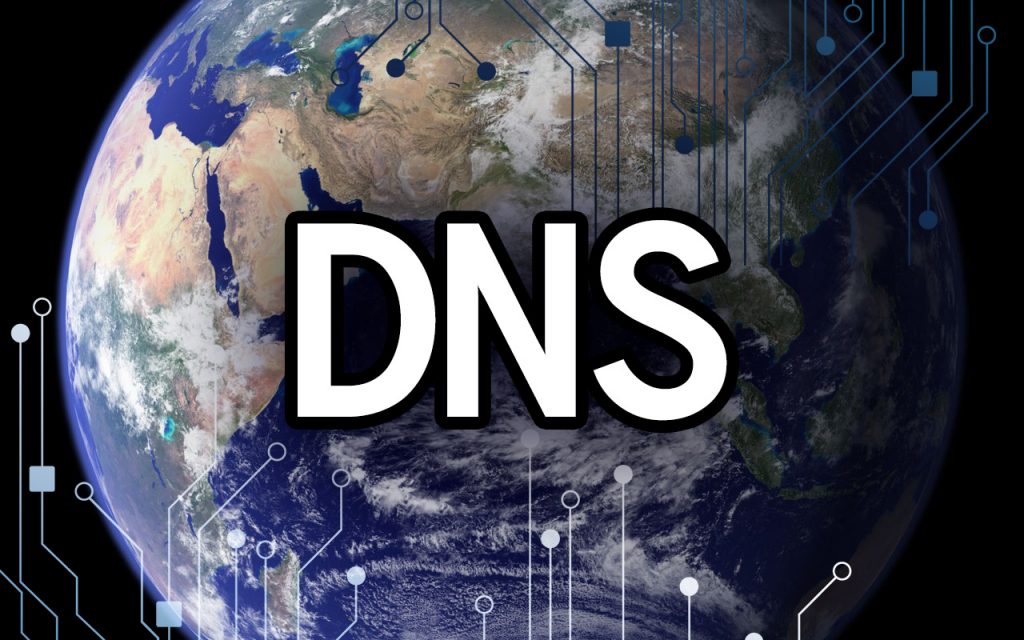1. EXECUTIVE SUMMARY
- CVSS v3 5.3
- ATTENTION: Exploitable remotely/low attack complexity
- Vendor: Siemens
- Equipment: Nucleus
- Vulnerability: Use of Insufficiently Random Values
2. RISK EVALUATION
Successful exploitation of this vulnerability could allow an attacker to poison the DNS cache or spoof DNS resolving.
3. TECHNICAL DETAILS
3.1 AFFECTED PRODUCTS
The following Nucleus products and versions are affected:
- Nucleus NET, All versions
- Nucleus RTOS, All version which include affected DNS modules
- Nucleus ReadyStart, All versions prior to v2013.08
- Nucleus Source Code, All versions which include the affected DNS modules
- VSTAR, All versions which include the affected DNS modules
3.2 VULNERABILITY OVERVIEW
3.2.1 USE OF INSUFFICIENTLY RANDOM VALUES CWE-330
The DNS client does not properly randomize UDP port numbers of DNS requests. This could allow an attacker to poison the DNS cache or spoof DNS resolving.
CVE-2021-27393 has been assigned to this vulnerability. A CVSS v3 base score of 5.3 has been calculated; the CVSS vector string is (AV:N/AC:L/PR:N/UI:N/S:U/C:N/I:L/A:N).
3.3 BACKGROUND
- CRITICAL INFRASTRUCTURE SECTORS: Critical Manufacturing
- COUNTRIES/AREAS DEPLOYED: Worldwide
- COMPANY HEADQUARTERS LOCATION: Germany
3.4 RESEARCHER
Siemens reported this vulnerability to CISA.
4. MITIGATIONS
Siemens has identified the following specific workarounds and mitigations users can apply to reduce risk:
- Nucleus NET users should upgrade to the latest versions of Nucleus ReadyStart or Nucleus 4.
- Nucleus ReadyStart users should update to v2013.08 or later versions.
- Avoid using DNS client of affected versions.
- For additional mitigation advice please contact customer support or the a Nucleus sales team.
For additional information, please refer to Siemens Security Advisory SSA-201384
For further inquiries on security vulnerabilities in Siemens’ products and solutions, please contact Siemens ProductCERT.
CISA recommends users take defensive measures to minimize the risk of exploitation of this vulnerability. Specifically, users should:
- Minimize network exposure for all control system devices and/or systems, and ensure that they are not accessible from the Internet.
- Locate control system networks and remote devices behind firewalls, and isolate them from the business network.
- When remote access is required, use secure methods, such as Virtual Private Networks (VPNs), recognizing VPNs may have vulnerabilities and should be updated to the most current version available. Also recognize VPN is only as secure as its connected devices.
CISA reminds organizations to perform proper impact analysis and risk assessment prior to deploying defensive measures.
CISA also provides a section for control systems security recommended practices on the ICS webpage on us-cert.cisa.gov. Several recommended practices are available for reading and download, including Improving Industrial Control Systems Cybersecurity with Defense-in-Depth Strategies.
Additional mitigation guidance and recommended practices are publicly available on the ICS webpage on us-cert.cisa.gov in the Technical Information Paper, ICS-TIP-12-146-01B–Targeted Cyber Intrusion Detection and Mitigation Strategies.
Organizations observing any suspected malicious activity should follow their established internal procedures and report their findings to CISA for tracking and correlation against other incidents.
No known public exploits specifically target this vulnerability.
Source:
